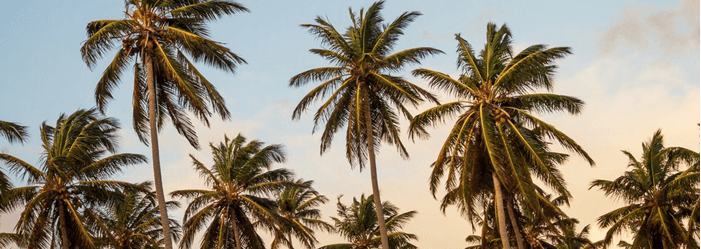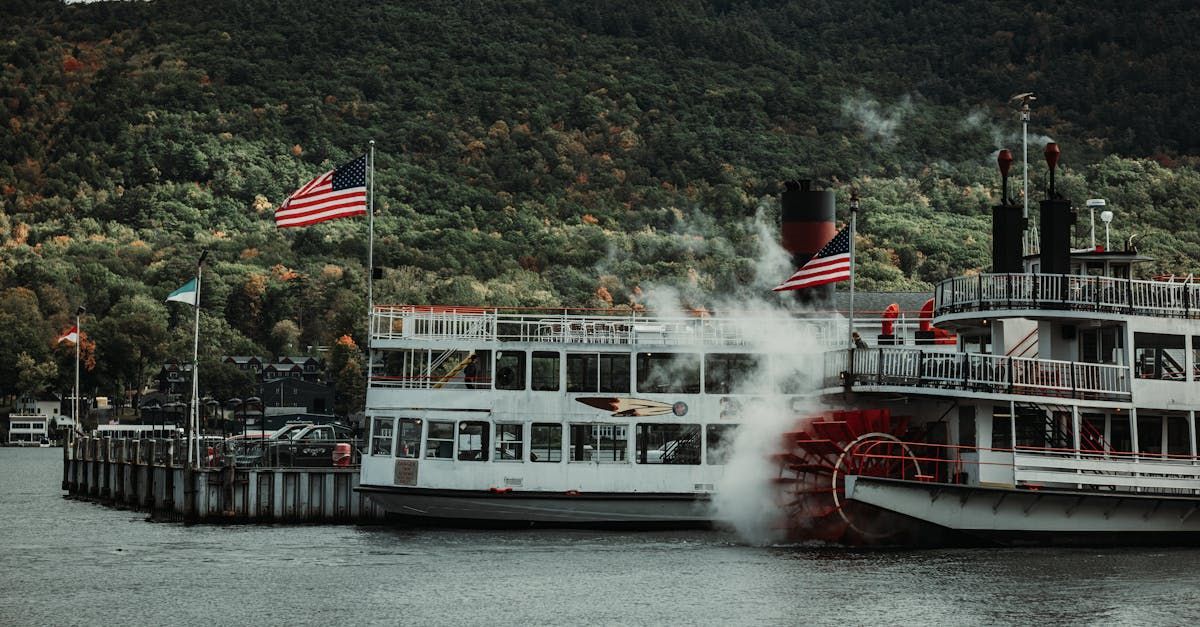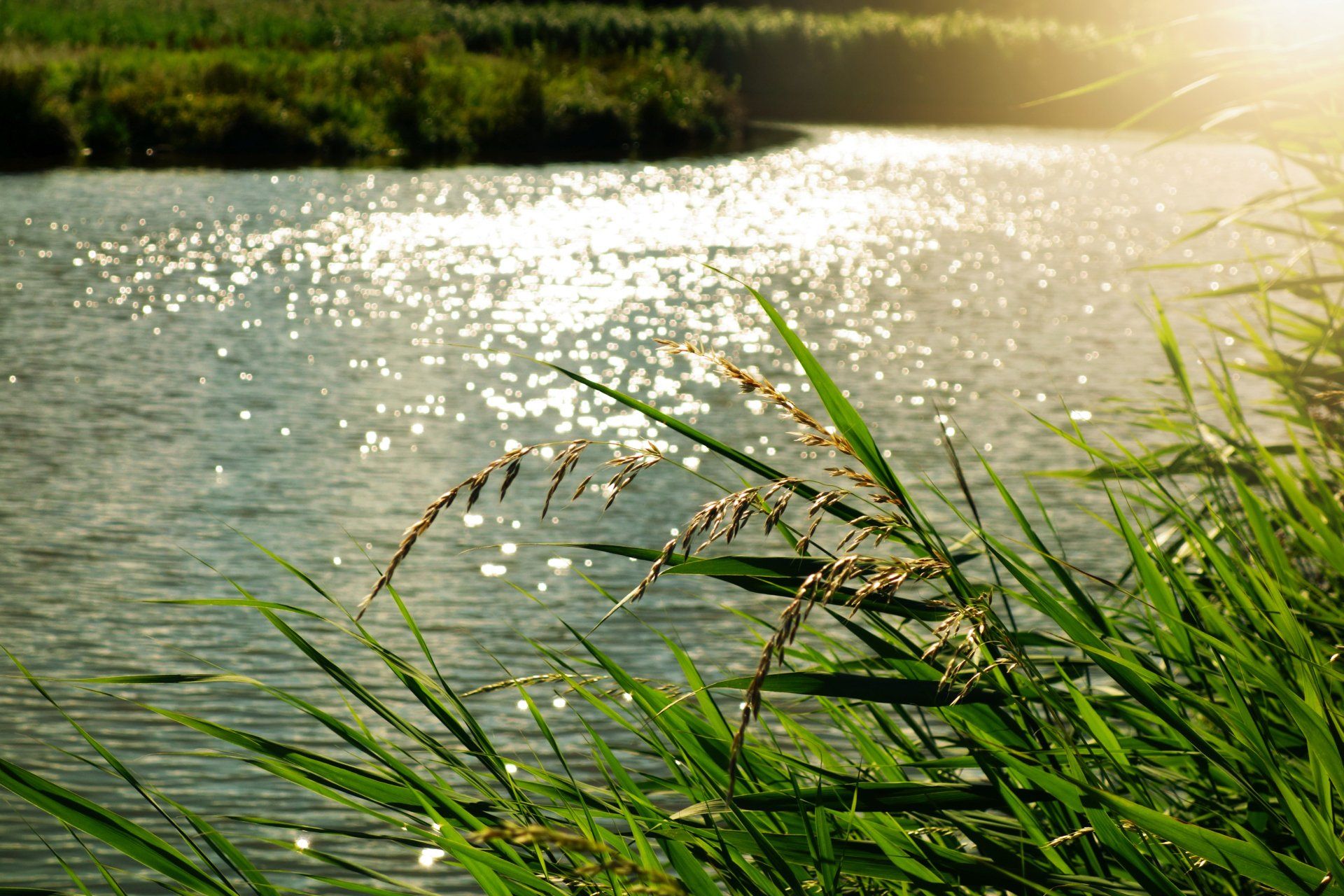Look Around the Space Coast-Part 9
Palm Shores

Today we're heading to Palm Shores! As this is a smaller community, the history is rather new and short!
Palm Shores' history that dates back to the early 20th century, around the 1910s, and was initially a part of a town established as Canaveral Groves. The settlers of Canaveral Groves came from various parts of the United States. Some were from the southern states, drawn to the familiar climate and potential for farming while others were from the northern states, seeking a fresh start in a warmer, more temperate climate. The mix of settlers from different regions of the country contributed to the diverse and unique culture of Canaveral Groves.
As like with other towns we've seen, Canaveral Groves began as a flourishing agricultural community, particularly known for its abundant orange groves. It was a simpler time where life revolved around the cycle of planting, growing, and harvesting. However, in the 1950s there was a collective decision made. As we saw in other articles in this series, other towns were created and/or named by 1 person, but here in Canaveral Groves, the residents decided to incorporate the town and give it a new name, Palm Shores. They did so as they felt it reflected the town's growing identity and the beautiful palm trees that lined its streets.
With the new name, the transition from agriculture to other forms of economic activity in Palm Shores happened gradually over several decades. As the community grew and developed, it diversified its economy. By the mid-20th century, while agriculture was still a part of the local economy, it was no longer the mainstay. However, the town still retains some of its agricultural heritage, with some small-scale farming and horticulture.
Today, Palm Shores has a more varied economy, with a mix of residential, commercial, and industrial activities. Over the years, the town has seen steady growth, and today, it's a peaceful community known for its friendly residents and beautiful scenery along the Indian River which now is part of the Intercostal Waterway (ICW) on the East Coast.





